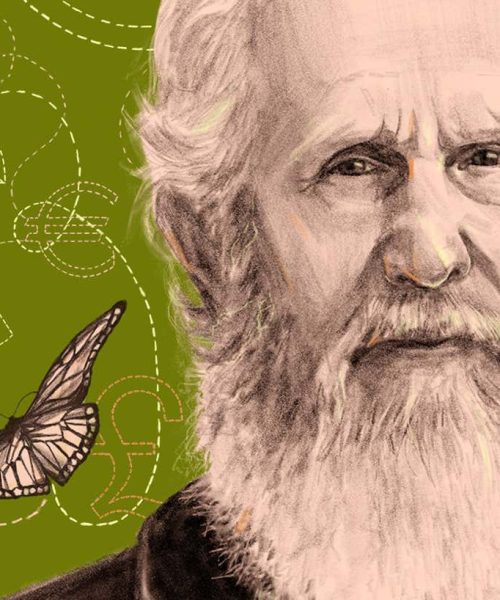
Christopher Furlong/Getty Images
IT HAPPENS to everyone who lives long enough, gradually at first and then suddenly. By the time we are in our 50s, most of us have at least one age-related health condition. By 85, almost all of us do, and typically several at once. Cancer, diabetes, cataracts, osteoarthritis, dementia. The list could go on and on.
None of which is surprising, at least to those of us old enough to have experience of ageing. What you may not be aware of, however, is that we now have a comprehensive understanding of ageing at the molecular and cellular level. Even more surprising is the growing consensus that ageing can be slowed or even reversed.
“The belief that ageing is treatable is still there, there are optimists everywhere,” says Linda Partridge, director of the Max Planck Institute for Biology of Ageing in Cologne, Germany. “The idea is very much that it’s going to be preventable.”
Why we age has been debated for many years. There are two schools of thought. One is that it is the accidental but inexorable accumulation of damage to cells and biomolecules. The other is that ageing is biologically programmed, the evil twin of our development from embryo to adult.
Both hypotheses have evolution at their heart in the form of “reproductive fitness” – the ability to pass our genes on to our children. The damage-accumulation hypothesis argues that when we are young, it pays to invest in cellular repair processes to maximise that fitness. But after a certain age, that investment is no longer worth its cost, at which point repair processes falter and damage accumulates. …





